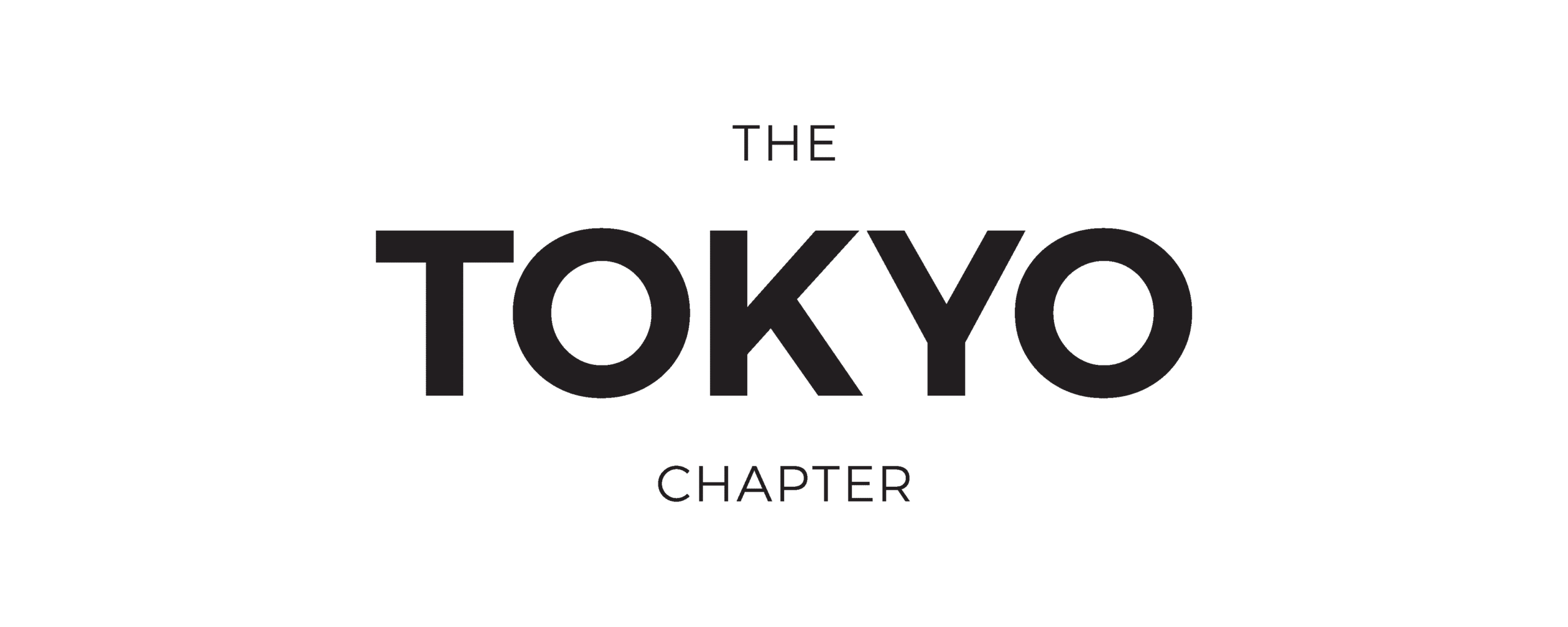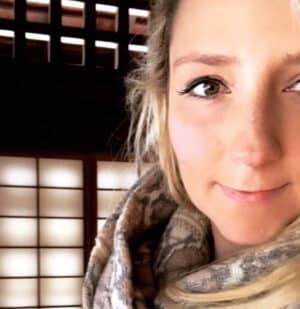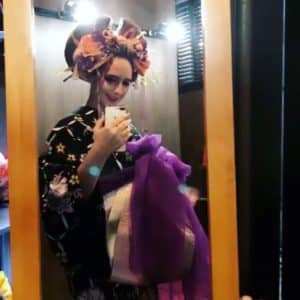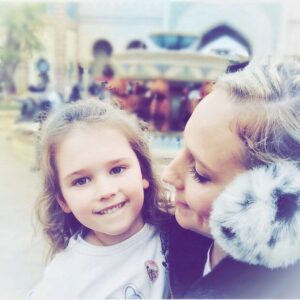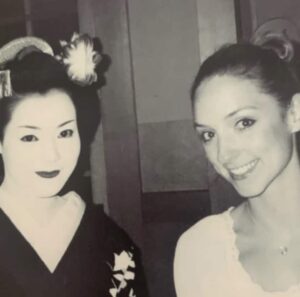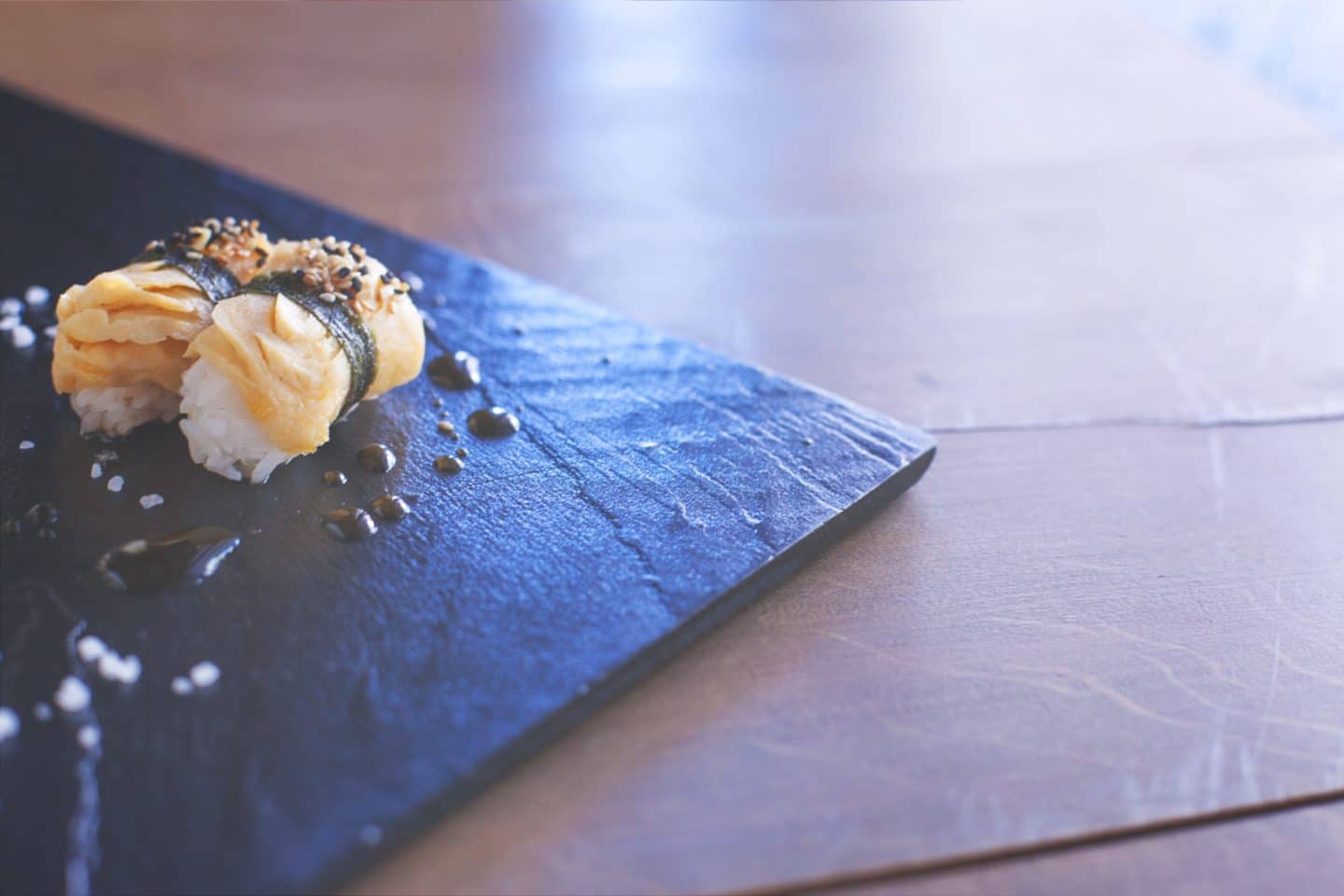
* Please note that I can only use my blog as a guide and do not recommend trying these places if you have a life-threatening allergy. Please ask before you purchase and consume products and do so at your own risk.*
I think not understanding everything at a Japanese restaurant is really part of the experience. Who knows, you might enjoy something that you might not have tried or known what it was before!
Please take note if you are bringing medications from home into Japan.
So where to start my research on what medication is and isn’t allowed in Japan?
–The Ministry of Health, Wealth and Labour of Japan website
–The Narcotics Department website Japan page
–The Japan Travel: Bringing Medicines into Japan page
–The Smart Traveller website
*I thought most people would know this already but I did have to explain to someone recently that you CANNOT bring cannabis oil into Japan. So if it says THC on it – it’s automatically a hard no. Cannabis/Marijuana/Hemp are all illegal in Japan – in any form (including gummies, oil, cookies.) Opioids, adderall and epinephrine are illegal in Japan as well.
This blog post includes phrases in Japanese that you can use while ordering in Japan.
I have written my advice for those with severe food allergies travelling in Japan here.
If you have picky eaters and will be travelling to Japan, I recommend reading my detailed article on Picky Eaters in Japan here.
But…things get tricky when you have questions about ingredients. I’ll keep adding phrases and new questions as I go….. Here are some to get you started.
*I’ve written them in Japanese incase you want to point and show and also in romaji (roman characters) in case you want to try saying it yourself (do it! do it!!)
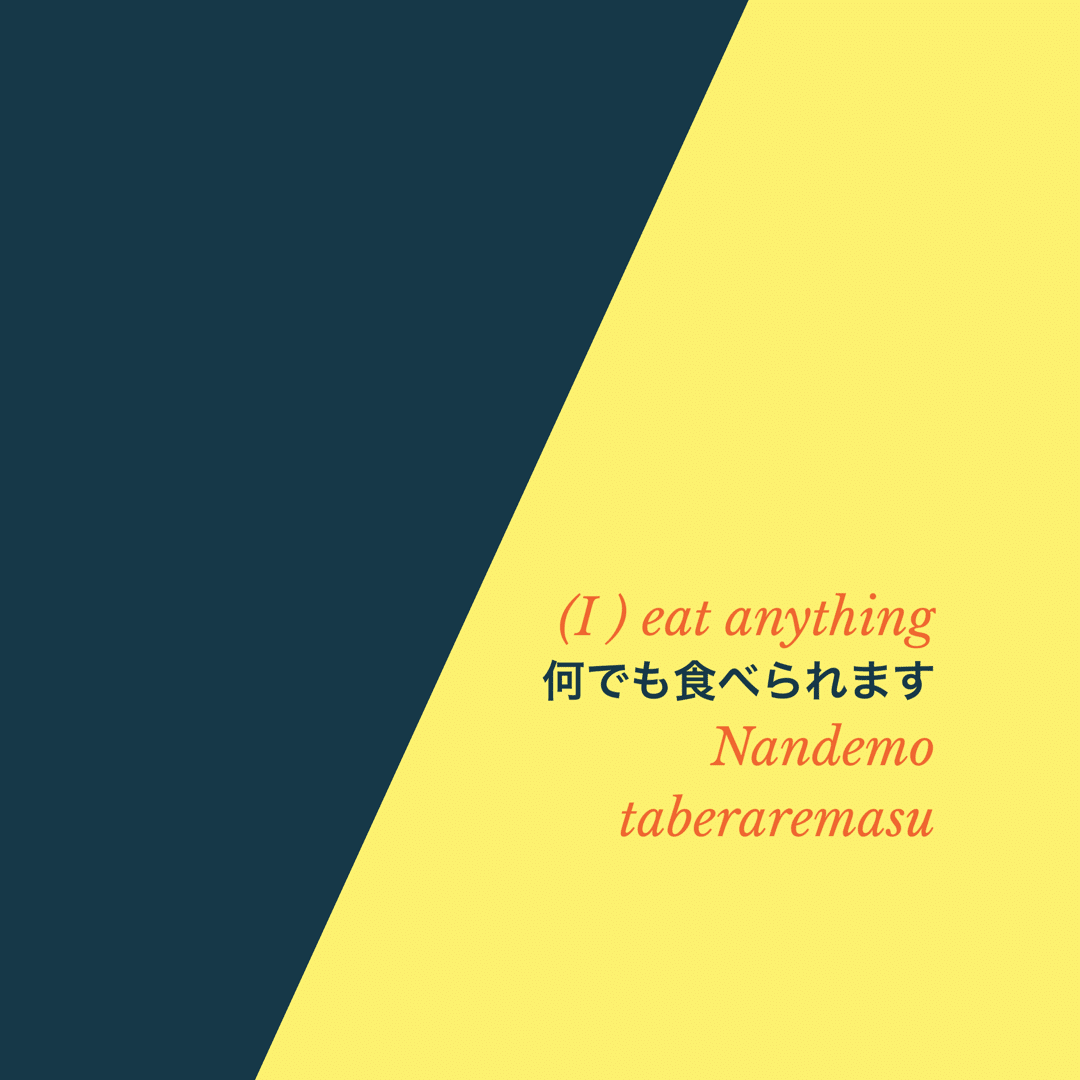
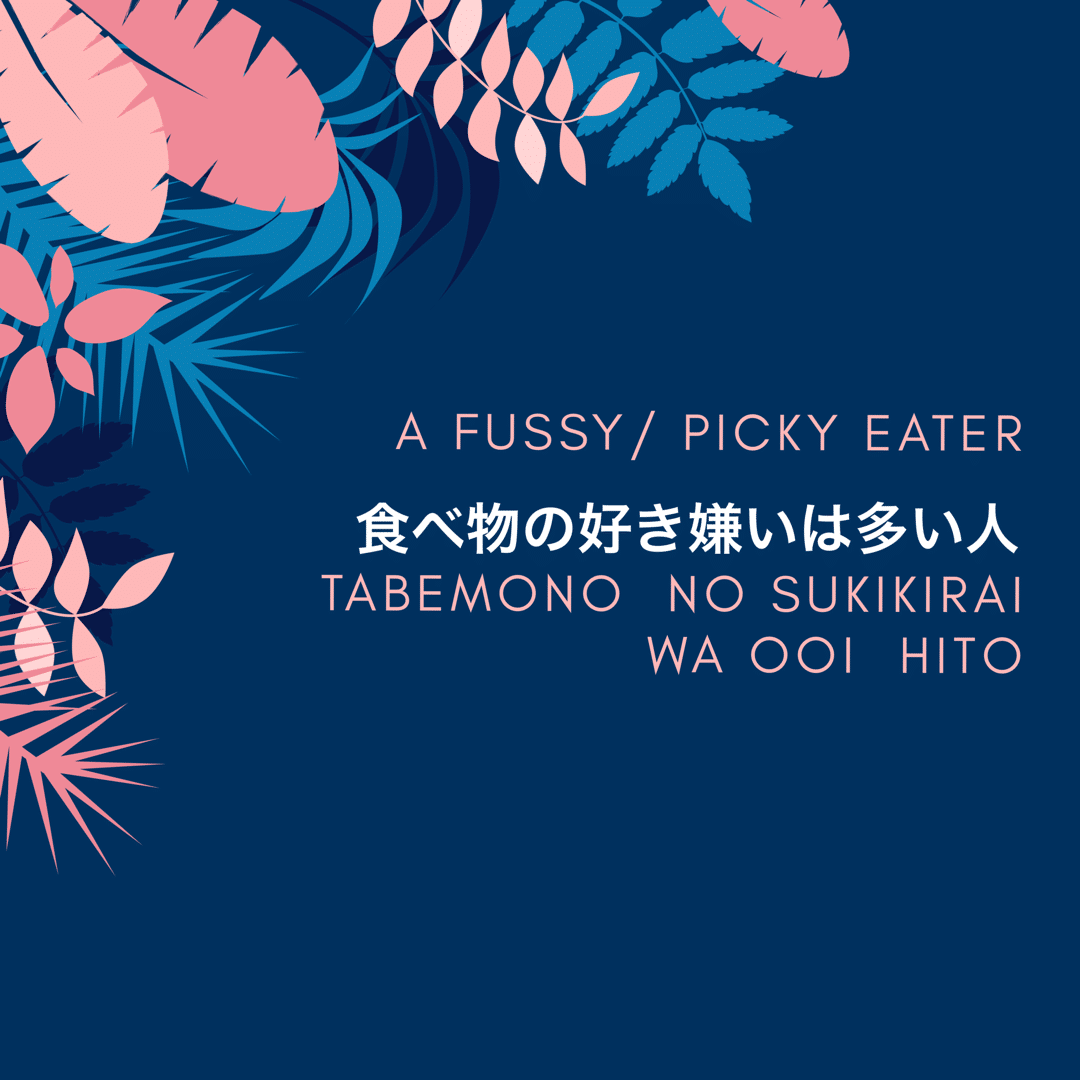
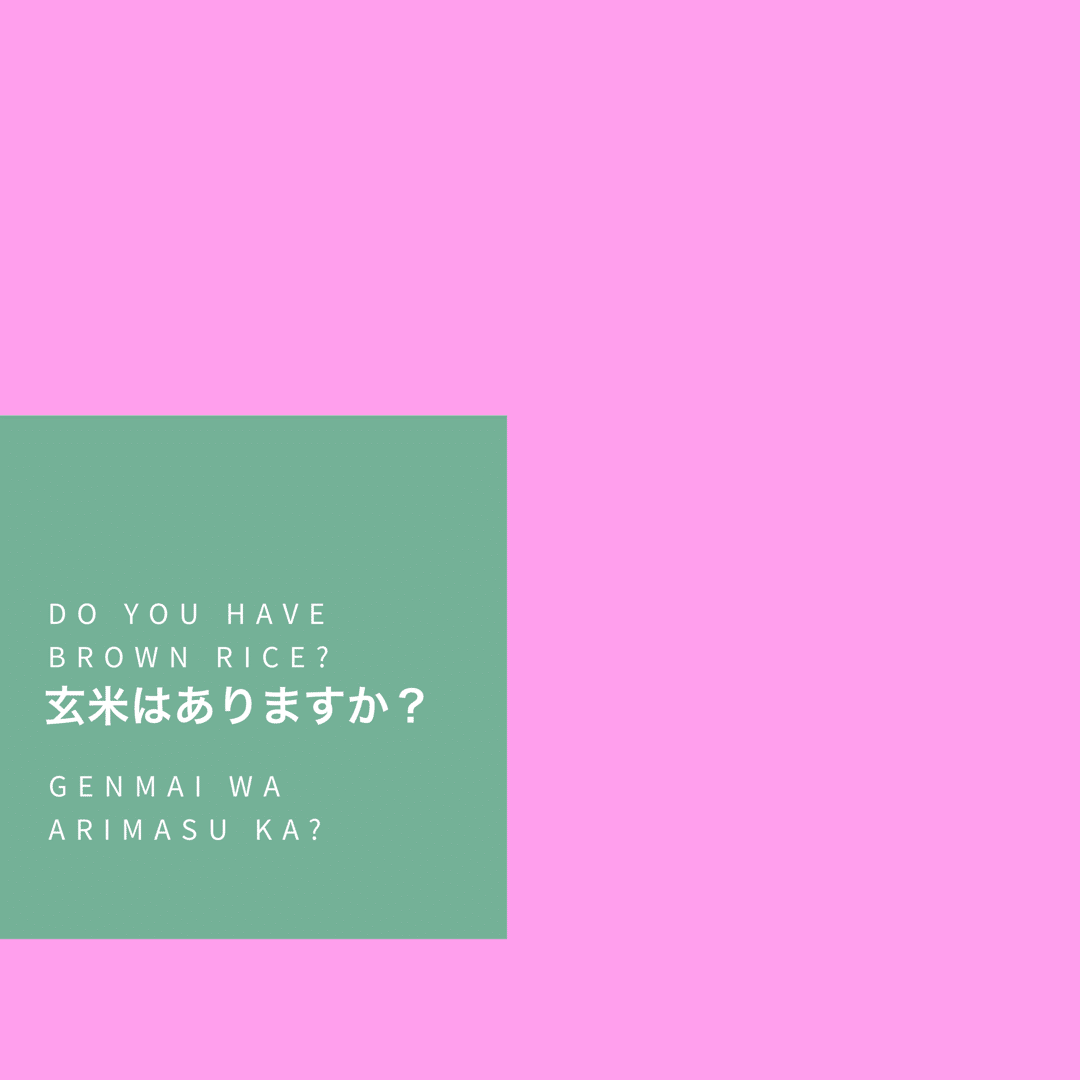
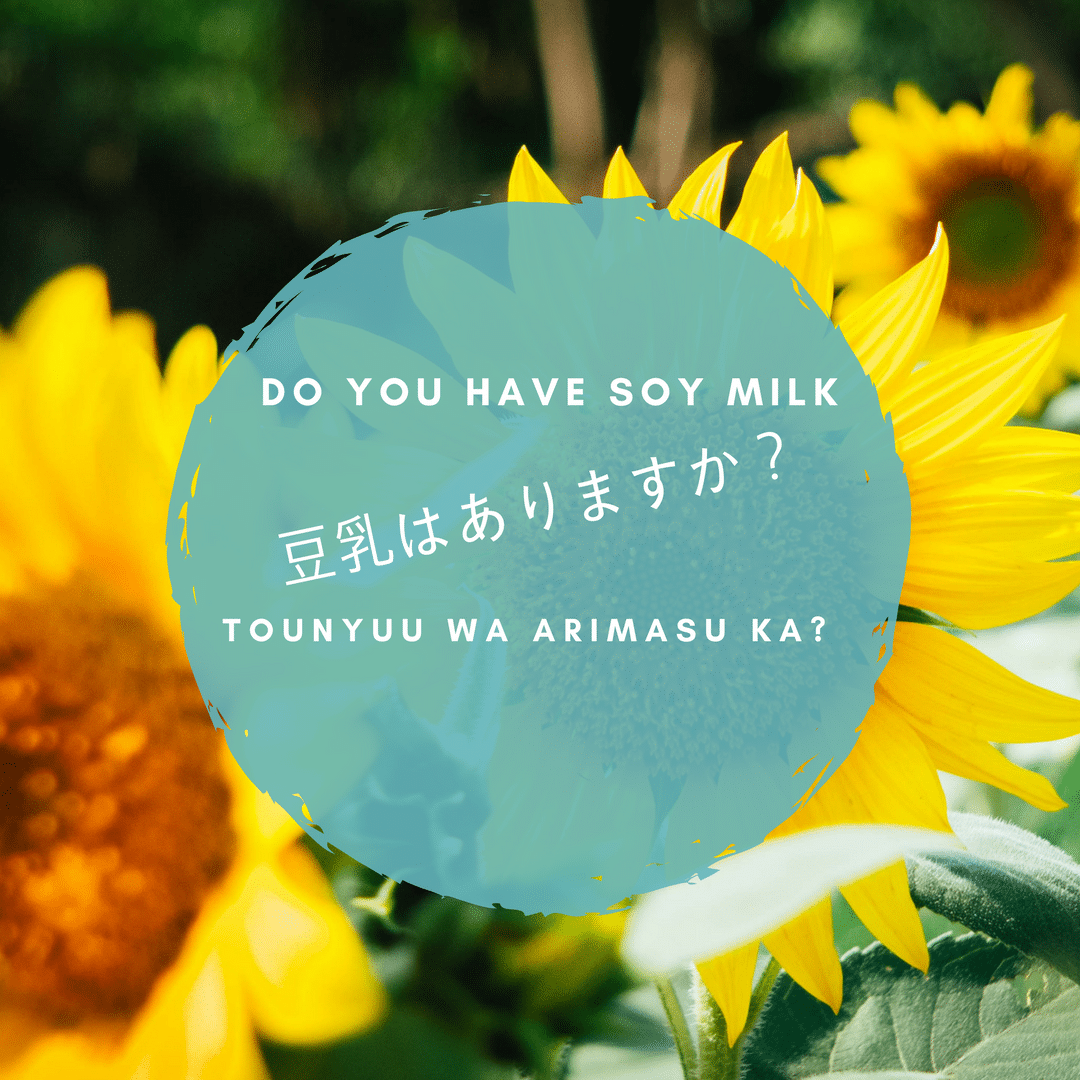
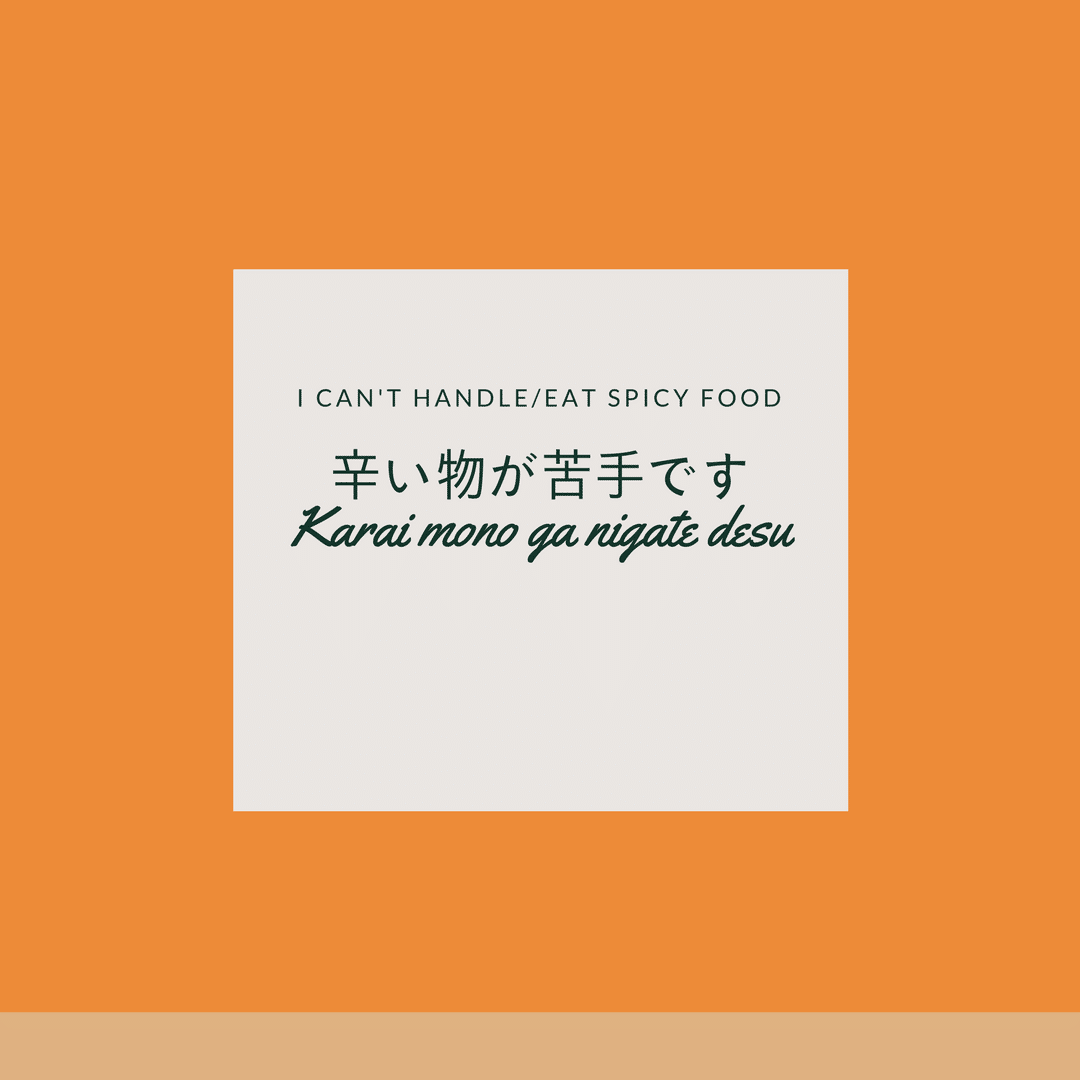
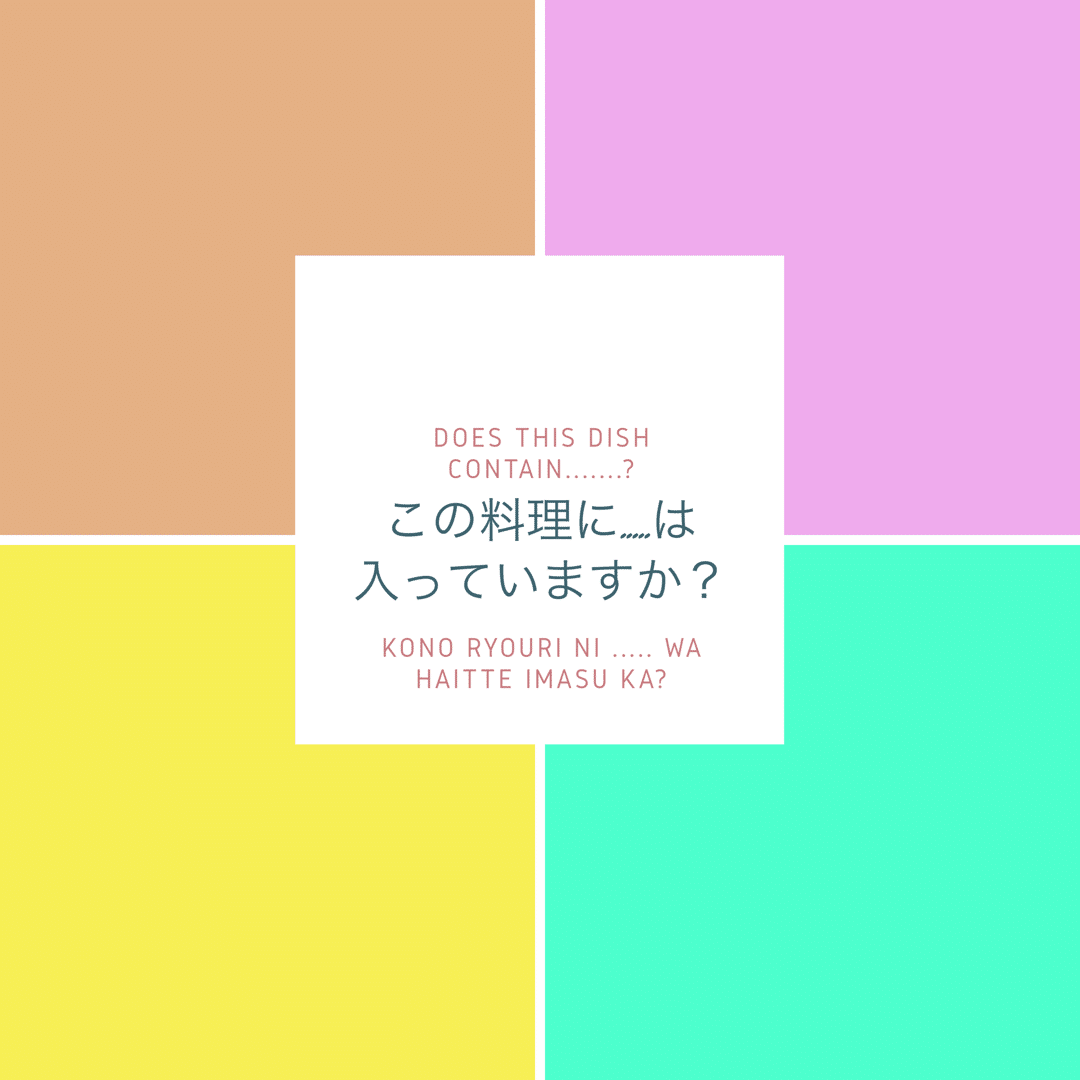
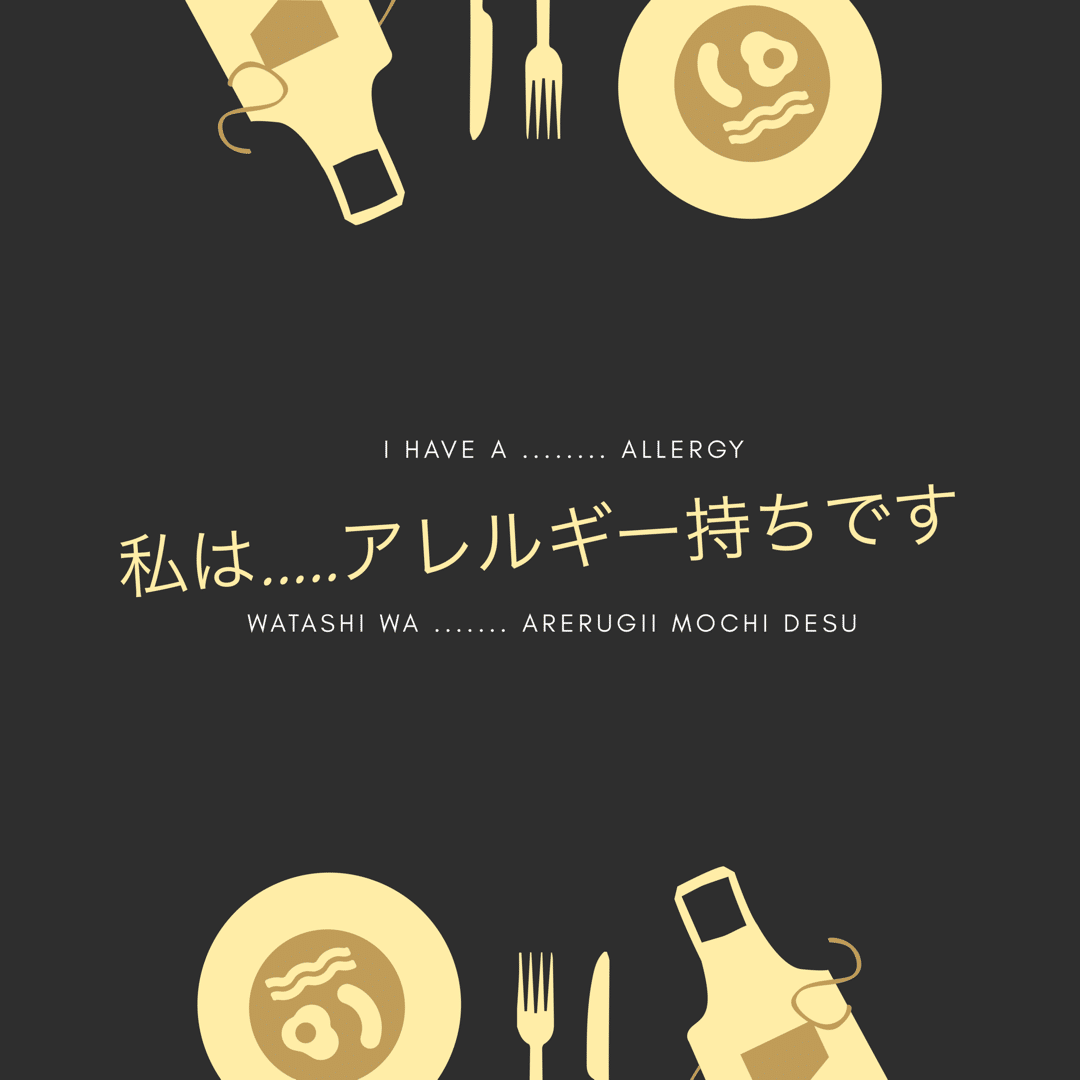
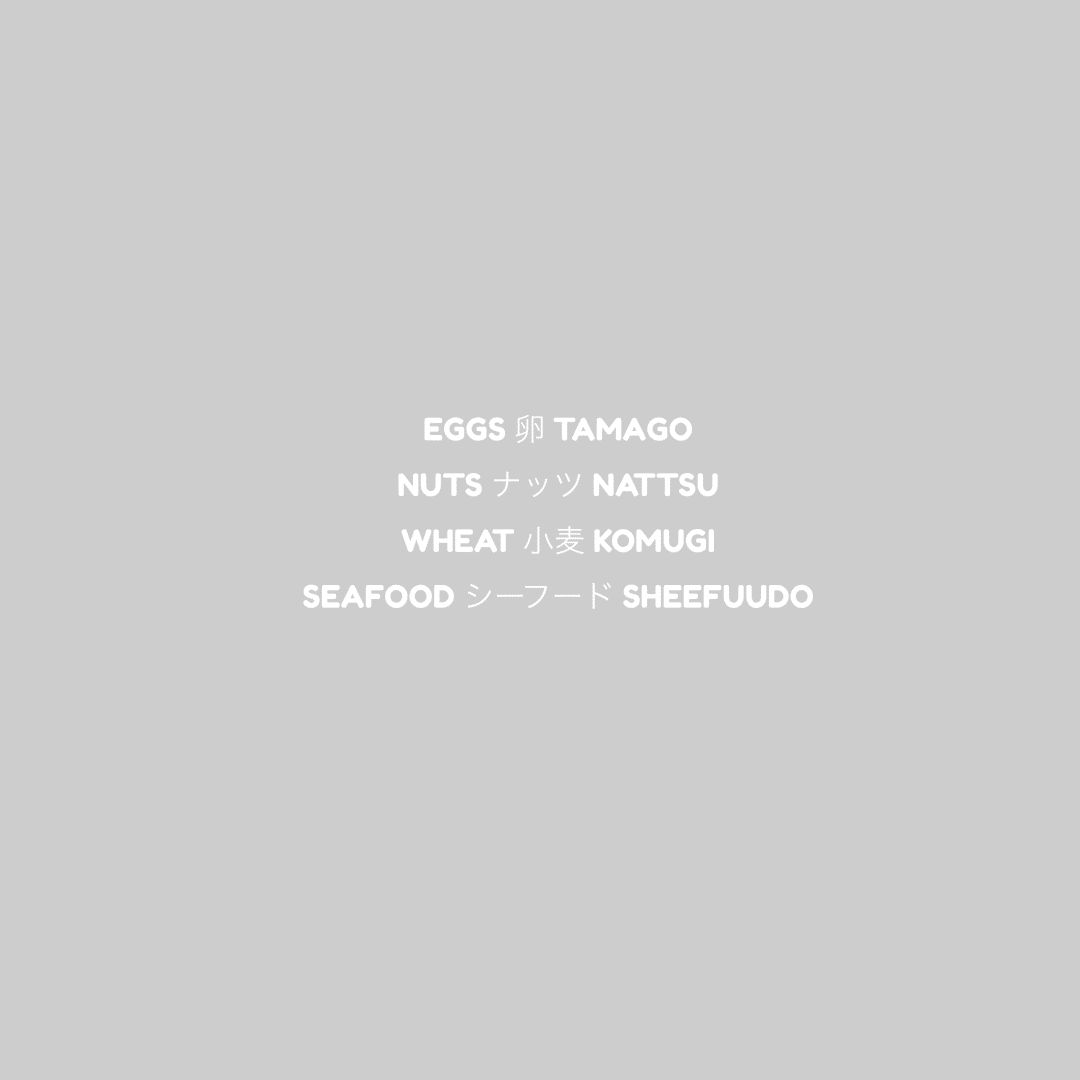
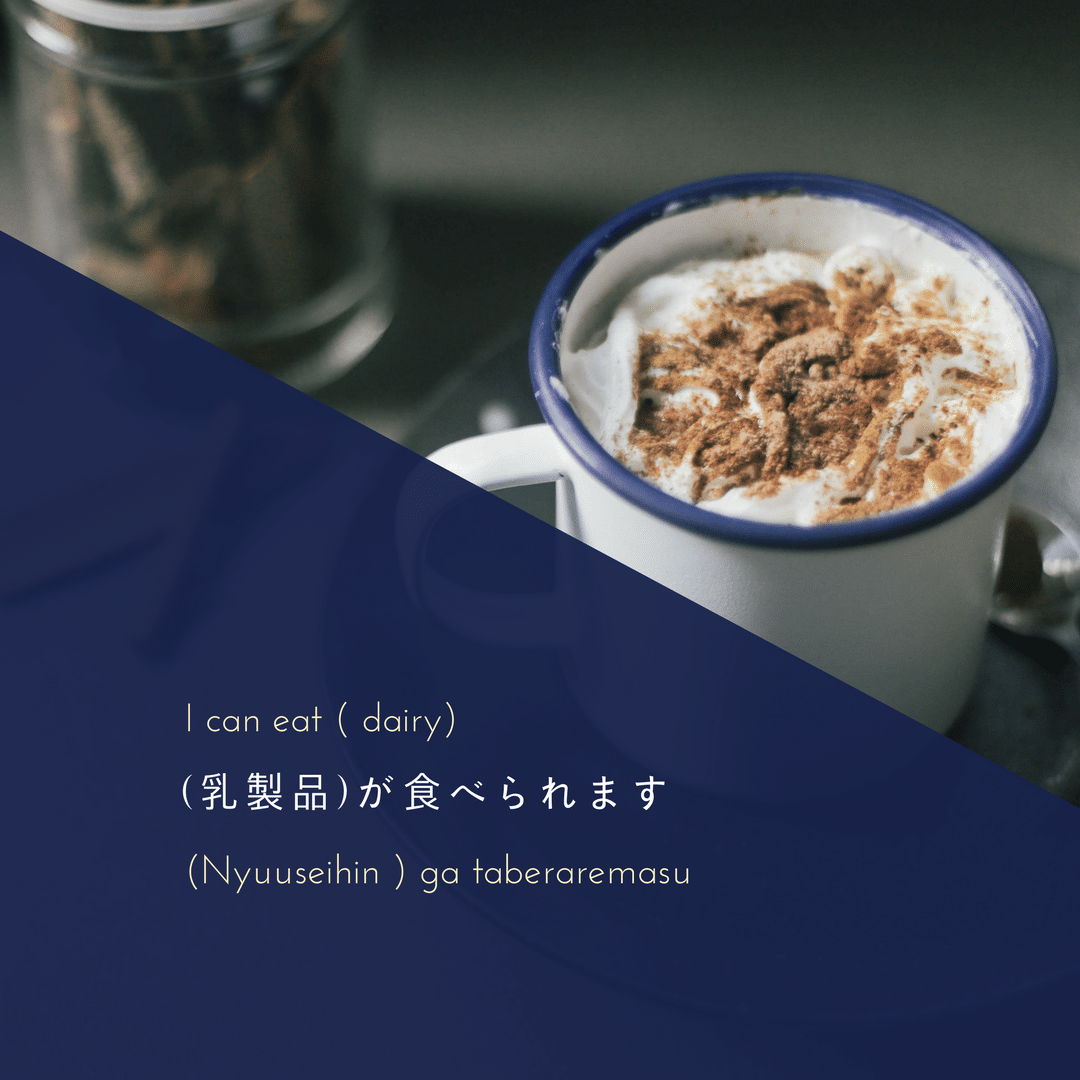
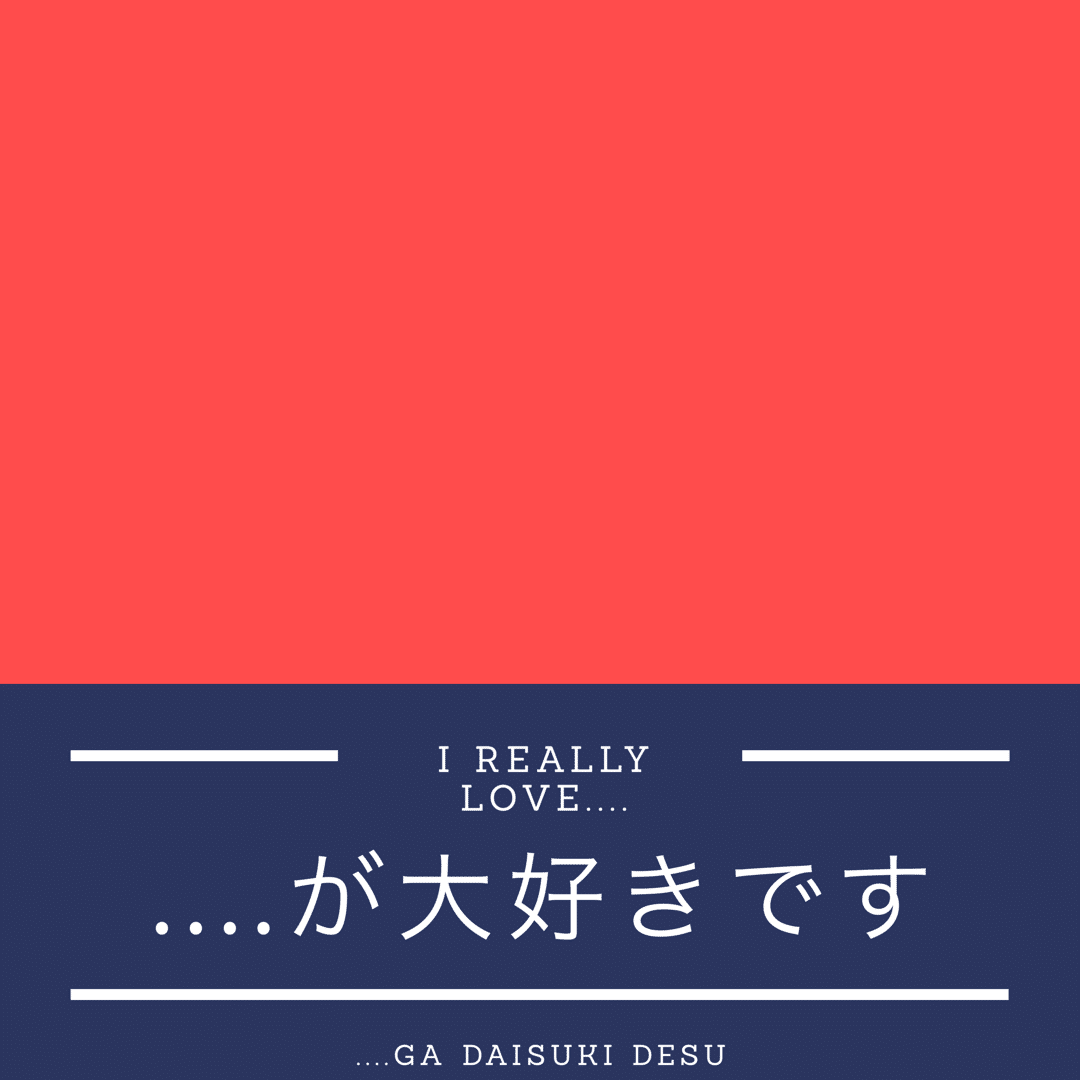
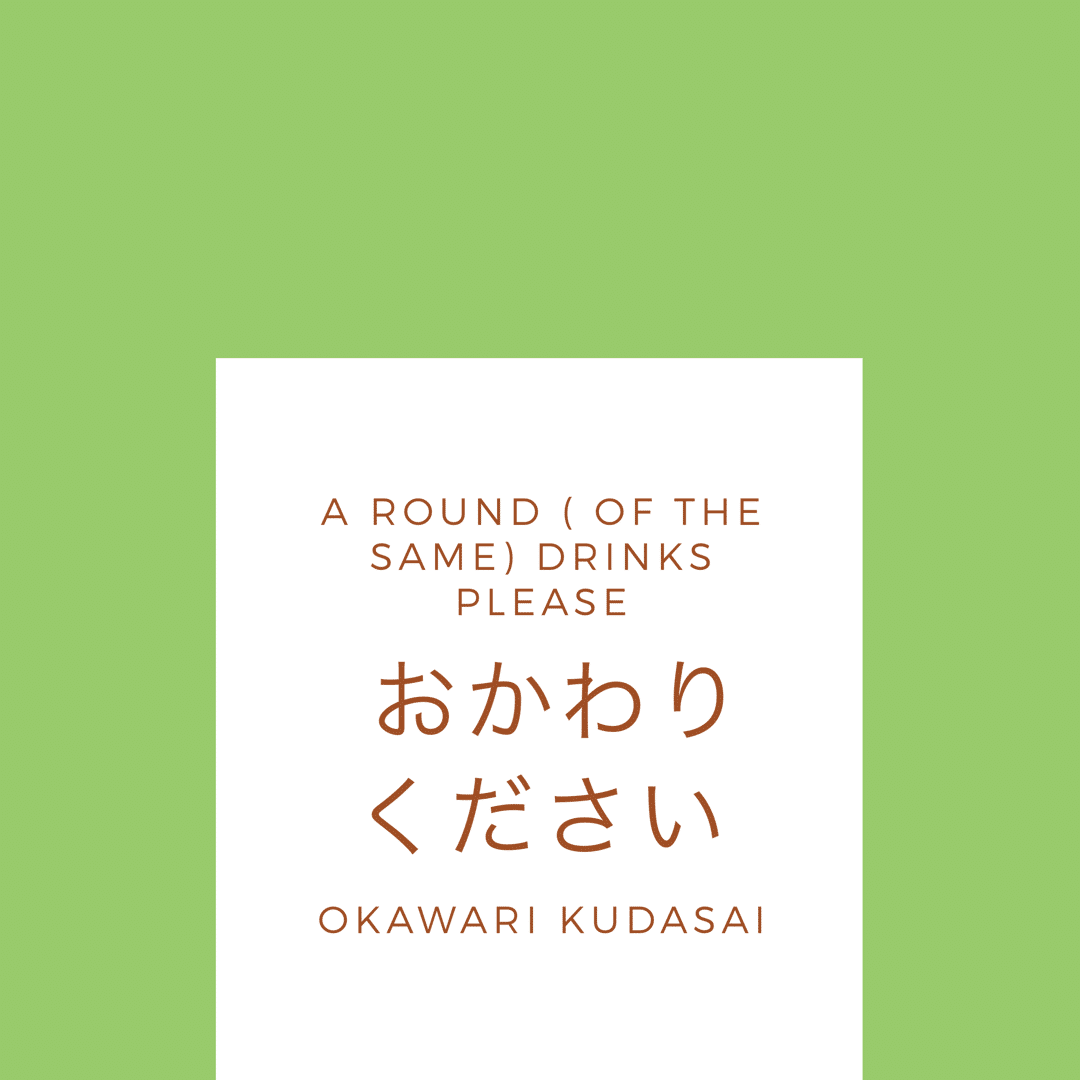
If you’re vegetarian, pescetarian, gluten-free or vegan it can be easy to get really frustrated in Tokyo when dining out. Trust me… I know. I was vegetarian for almost 8 years and now I am pescetarian (which is quite a bit easier here, I must admit.)
IN JAPAN, IT IS EASIEST TO BE VEGAN OR PESCETARIAN IN JAPAN – VEGETARIAN IS HARDEST IN JAPAN AS YOU ARE RELYING ON EVERYONE UNDERSTANDING WHAT THAT MEANS (IF YOU’RE VEGAN YOU CAN GO TO PURELY VEGAN PLACES BUT VEGETARIAN LEAVES MORE ROOM FOR ERROR. EG. LOTS OF FOODS ARE MADE WITH FISH OR MEAT STOCK AND MANY JAPANESE PEOPLE DON’T UNDERSTAND THAT JUST A LITTLE HAM OR A LITTLE CHICKEN IN A DISH IS NOT BEING VEGETARIAN.)
I’ve written in detail here about how it is actually slightly harder to be vegetarian than vegan in Japan.
I’m really sorry but the words “Vegan” or “Gluten-Free” (even if you think you find a nice tight translation in a dictionary) don’t mean anything to the ‘Average Joe’ (it’s Japan so should I say the “Average Sakamoto” ??!!! hahahaa, I’m an idiot…..) ……
Please try not to get too frustrated. Although Japanese monks used to be completely vegan the notion is now so uncommon that many Japanese people have never met true vegetarians or vegans. That being said – it can often make chefs and hospitality staff feel a bit ‘hassled’……. but not for the reasons that you think…. It’s almost ALWAYS because Japanese people are just so accommodating and keen to ensure a customer’s true happiness and satisfaction* that they are suddenly caught off-guard. It is possible but it does require an explanation, restaurant selection/research and patience from both sides.
*You know how, in Western Culture, there is that saying “the customer is always right”? Well, in Japan, it is “the customer is GOD.”
So my advice? Give them a heads’ up as to your dietary requirements when you can. Then you’re setting everyone up for success, yes?
In an ideal world it would be when you are making a reservation but that’s not, of course, always possible. So, how about before you/ as you order?
So…. here I go at explanations. Feel free to point and show to others. I’m sorry but it’s a bit long to bother with typing out pronounciation.
*A large section of my Japanese explanation is used with the assistance of articulate Japanese explanations on Japanese site e-food.jp (exact link is e-food.jp/rest/veg.html)
Please note that the translation is my own. I would hate for anyone to not know exactly what they are ‘explaining’ to another person.
Vegan
ビーガン = 純粋菜食者、完全菜食主義者
乳製品、蜂蜜等も含む動物性の食品を一切取らず、革製品等食用以外の動物の利用を避ける人々。
My translation:
Vegan = Pure Vegetarian / Total Vegetarian
This means to not consume any animal products: including dairy products and honey etc. This also includes the use of animal products outside of food & drink such as leather goods etc.
*Please note that “vegan” isn’t always fully understood in Japan. People might just think you mean that you like to eat vegetables or have a preference for plant based meats – but they may forget to not ad the cheese or the bread made with milk. This is why it is best to explain what it means.
“Plant Based” in Japan is a bit of throw away word right now ( something that I hope will change over time) but there is minimal regulation that a product that claims to be plant based is entirely plant based at all. So please be careful- do your research, use google translate, rely heavily on apps like Happy Cow app to make sure that you are at a vegan restaurant already and there is less room for error.
Dietary Vegan
ダイエタリー・ビーガン
ビーガンと同様に、植物性食品をするが、食用以外の動物の利用を必ずしも避けようとしない。
日本語の菜食主義者のイメージは、むしろダイエタリー・ビーガンに近いと思われる。
My translation:
Just like a Vegan person, (their diet) is plant-based, however, a dietary vegan does not avoid any animal products that are not a food product. It is often thought that a dietary vegan is quite close to what Japanese people envision/assume when they hear the Japanese term for vegetarian (saishokushugisha).
Oriental Vegetarian
オリエンタル・ベジタリアン = 東洋系の菜食主義者
菜食主義であるが、五葷(ごくん。にんにく、にら、らっきょう、ねぎあるいはたまねぎ、しょうがあるいは浅葱)を取らない。食用以外の動物の利用を必ずしもさけようとしない。
My translation:
A Vegan person who does not consume the “five forbidden pungent vegetables” ( garlic, leek, scallion, spring onions/ onions, ginger and chives.) An Oriental Vegan does not avoid animal-derived items that are not a food product.
Lacto-Vegetarian
ラクト・ベジタリアン= 乳菜食者
牛乳やバター、アイスグリーム等の乳製品も食べる人々。チーズは乳製品であるが。牛を屠殺して胃を取り出して消化液を集めたレンネット(凝乳酵素)を使用して作成されたものは食べない。
My translation:
Lacto-Vegetarians consume milk, butter, ice-cream and other dairy products. Cheese is also a dairy product but Lacto-Vegetarians also do not consume cheese (and other) products that use milk-coagulating enzymes collected from the stomach of slaughtered cows.
Ovo-Vegetarian
オボ・ベジタリアン = 卵菜食者
卵も食べる人々。 鳥や魚、甲殻類等種類を問わない。卵は無精卵に限る人も居る。
My translation:
Ovo-vegetarians do eat eggs. They do not consume chicken, fish or crustaceans. Some Ovo-Vegetarians will only consume non-fertilised eggs.
Lacto-ovo-Vegetarian
ラクト・オボ・ベジタリアン = 乳卵菜食
乳製品と卵も食べる人々。
My translation:
Lacto-ovo-vegetarians eat dairy products and eggs.
Pescetarian
ペスクラリアン
動物の肉は食べないものの、魚介類は食べるという人たち。
My translation:
A person who doesn’t consume animal flesh with the exception of fish or seafood.
Gluten-Free
小麦などグルテンを含む食品ととらない食事法。
My translation:
Gluten-Free diet means not consuming products that contain gluten, like flour.
*Please forgive some of the simplistic foods listed below. For people who are not used to the term Gluten Free these items would not be so obvious / common sense.
食べてはいけない食材 Examples of ingredients that are NOT Gluten Free:
パン、ベーグル、パスタ、小麦粉、全粒粉、パン粉、うどん、ラーメン、焼きそば、スパゲティー、マカロニ、クスクス、ピザの生地、揚げ物の衣、餃子の皮、ワンタン、中華まんの皮、麸、市販のカレー・シチュールウ、ケーキ、クッキー、マフィン、スコーン、ドーナツ、クラッカー、ビール、醤油
Bread, bagels, pasta, flour, whole wheat flour, breadcrumbs, udon, ramen, yakisoba, spaghetti, macaroni, cous cous, pizza dough, the exterior portion of fried foods, gyoza ‘wrapping’, wontons, chinese thick dumpling dough, noodles, commercial Japanese curries and stews, cakes, cookies, muffins, scones, doughnuts, crackers, beer, soy sauce.
食べて良い食材 Examples of ingredients that ARE Gluten Free
米、餅、黍・粟、キヌア、アマランサス、十割そば、ビーフン、フォー、春雨、米粉麺、米粉、玄米粉、そば粉、大豆粉、片栗粉、葛粉、コーンスターチ、ココナッツパウダー、タピオカ粉、ホワイトソルガム粉、魚介類、肉、卵、イモ類、とうもろこし、野菜、果物、豆類、豆腐、納豆、蒟蒻、バター、チーズ、ヨーグルト、団子、大福、ポップコーン、ゼリー、チョコレート、ナッツ、ドライフルーツ、日本茶、紅茶、牛乳、コーヒー、烏龍茶、ハーブティー、日本酒、梅酒、焼酎、ワイン、シャンパン、ウイスキー、ウォッカ
Rice, mochi, millet, quinoa, amaranth, 100% buckwheat noodles, rice vermicelli, pho, bean-starch vermicelli, rice noodles, rice flour, brown rice flour, buckwheat flour, soy flour, starch, arrowroot flour, cornstarch, coconut powder, tapioca flour, white sorghum flour, seafood, meat, eggs, potatoes, corn, vegetables, fruit, beans, tofu, fermented beans (natto), konjak, butter, cheese, yoghurt, dango dumplings, daifuku (a soft round rice cake stuffed with sweet bean jam), popcorn, jelly, chocolate, nuts, dried fruit, Japanese tea, black tea, milk, coffee, oolong tea, herb tea, Japanese sake, plum wine, hot sake, wine, champagne, whisky, vodka.
Allergies
Cheese allergy チーズアレルギーです
Egg allergy 卵アレルギーです
Chocolate allergy チョコレートアレルギーです
Nut allergy ナッツアレルギーです
This bilingual form is also fantastic for printing out and circling the parts which affect you.
*Just a note: If you or your child has several dairy products or meat products on their no-go list -I recommend using the Happy Cow app to look for vegan restaurants and then you only need to worry about explaining any additional ingredients. It just leaves less room for human error.
If you have a dairy intolerance of any sort, please also note that medications like “Lactaid” aren’t easy to get in Japan. Lactase enzyme supplements are only available by medical prescription in japan.
Asking for food to be well cooked (nothing left raw)
If the idea of raw eggs or fish that may be a bit raw on the inside, you can say “yokuyaite kudasai” よく焼いてください。
if you are ordering steak – “well done” works in Japanese and English.
Just a heads up – eggs in Japan are safe to eat raw (see this article here if you are interested in more info) and this is wy they are often cracked over dishes like sukiyaki etc. It is very rare that you will ever end up with a raw egg without asking for it.
If your food concern is more about food related anxiety regarding new and unknown foods, I recommend reading this article of mine where I introduce some commonly found foods that might be a great starting point for new-comers to Japan.
*A little note on coin laundries in hotels in Japan. The detergent is almost always built into the machine. If someone in your family has allergies to certain washing powders it is probably best to email in advance to find out what they use and what your options are. Oh.. and another note.. if the washer and dryer is built into one machine – the dryer setting really only works well for 1-2 items (big items like a pair of jeans and a long sleeved top, I mean) so don’t do what I do and just put in heaps of things to dry for longer – hoping that they will dry. It doesn’t work like that. Best to do little tiny drying sessions for the best drying results. It a lesson in patience but it will save you lots of coins in the long run
Did you know there is a restaurant called Gluten Free T’s in Roppongi and another restaurant in Ueno? (click on “Roppongi” and “Ueno” in that sentence to go to the area guide with restaurant opening times and addresses etc.) As the name suggests, these restaurants are gluten free. They also have vegan and vegetarian options. They also offer options such as egg-free, soy-free and dairy free meals. The Ueno branch also serves breakfast and you can have it delivered to you via ubereats.
